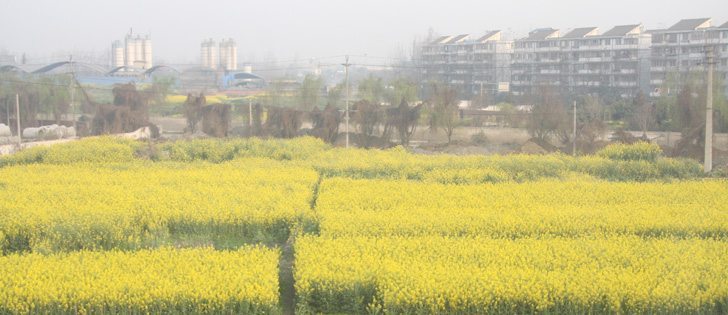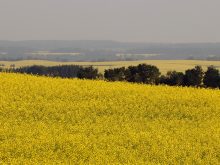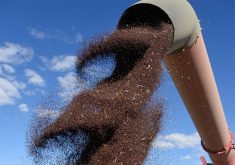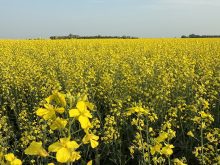Record production prospects | New crop oilseeds generally supported but optimism is flagging
Old crop canola futures have rallied about $122 per tonne or 24 percent since the start of December and new crop has rallied about $90, or 19 percent.
It’s been a good ride for canola growers, but can it last?
Canola’s rally appeared to flatten out since the beginning of April, and analysts are assessing whether the rally is sustainable or near the point of reversal.
Errol Anderson of Pro Market Communications thinks new crop canola prices are hitting the blow-off point and farmers should look to cash in.
Read Also

Russian wheat exports start to pick up the pace
Russia has had a slow start for its 2025-26 wheat export program, but the pace is starting to pick up and that is a bearish factor for prices.
“Bull markets have a lifespan and they eventually tire and exhaust themselves, it’s just a matter of when,” said Anderson. “We’re going through those throes now.”
However, Jon Driedger of FarmLink Marketing Solutions said there is strong fundamental support for both old crop and new crop prices, even if prices are high.
“It looks like the oilseed market is going to be very tight all the way out until next February, when you get the next South American crop,” said Driedger.
“There’s a lot of genuine tightness in the market. At what point is it fully priced in? At what point have we overdone it?”
Anderson thinks the rally in new-crop futures is already well overdone.
“The only reason new crop is so high is because of the squeeze on old crop,” said Anderson.
The structure of canola prices is a complex mixture of old crop fundamentals, new crop fundamentals and world macroeconomic factors that affect future oilseed demand. Disentangling those factors is the task of analysts, and weighting each factor is a challenging task.
Anderson thinks new crop prices are overvalued because today’s seed shortage isn’t likely to exist six to eight months from now. Farmers plan to seed a record canola area and will likely have better growing conditions than last year’s flood-ravaged production.
Yet the rally in new crop canola prices have only slightly lagged the pace of the old crop price rally. Despite the two starkly different fundamental situations, the price patterns are similar, which is a warning sign.
Driedger isn’t convinced new crop prices have become unreasonable.
U.S. soybean acreage is likely to be surprisingly small this spring, according to the U.S. Department of Agriculture report, and South America’s production was well below expectations at the beginning of the winter, which means there is no reason to believe new crop canola will be oversupplied.
Also, oilseed analysts Oil World last week estimated the European Union canola crop at 18.5 million tonnes, down 600,000 from last year and a five-year low, due to frost and disease. That will raise dependence on Canada’s crop.
Driedger won’t attempt to peg the likely peak of canola prices, and Anderson said a continuing old crop rally to $650 could temporarily drag new crop futures prices to more than $600.
Driedger said market prices already reflect much of the tightness of new crop oilseeds, but it is hard to assess if it is all accounted for or perhaps even exaggerated.
“There’s a reason why values are strong, but whether (peak prices) are $580 November futures or $600 or $620 is something you never know until afterwards,” said Driedger.
Anderson’s pessimism about canola prices is partly based on his dire outlook for global equity markets. Much of the value of canola and other crops comes from the strength of the overall commodities market, and that strength relies a lot on the power of the recent U.S. stock market rally.
The rally had a big setback recently, and Anderson thinks it will worsen.
Without that market optimism lifting all ships higher, Anderson thinks all asset prices, including canola prices, could suffer a significant setback.
His advice is for farmers to price now.
“There’s no need for canola prices to go higher,” said Anderson. “Farmers have the golden goose already.”
















